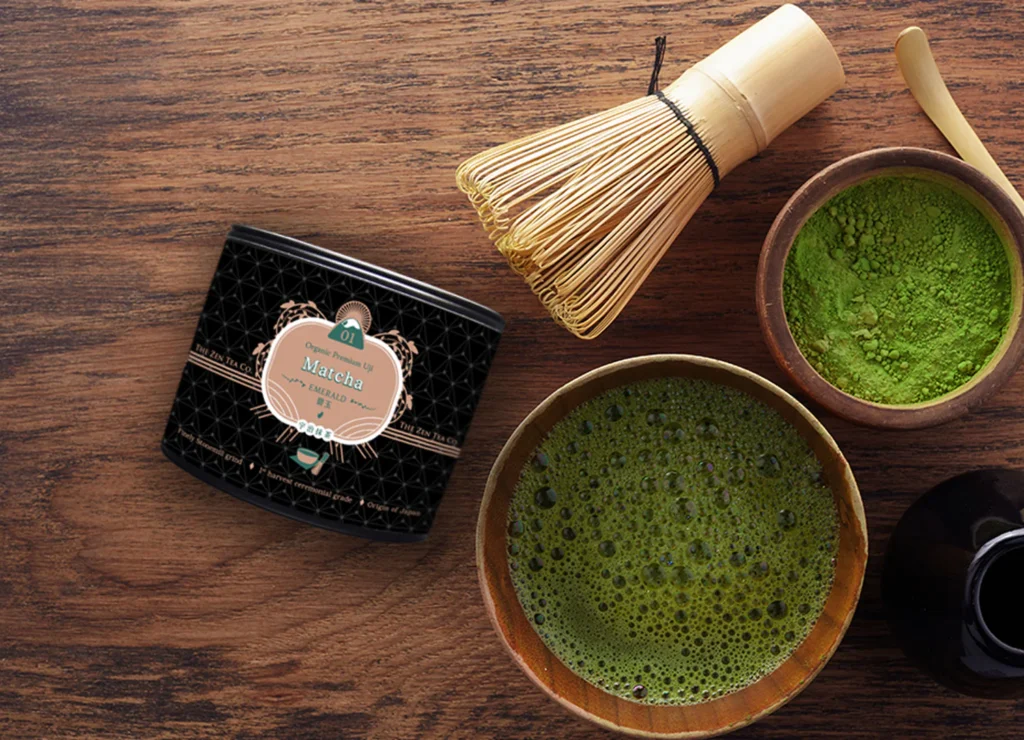Green tea has been a popular drink as well as a traditional medicine in China and Japan for thousands of years. Early in the 17th century, it was introduced to consumers in Europe who rapidly came to embrace the beverage. In 18th century England, green tea was so valuable and popular that it was frequently smuggled in to avoid taxes.These days there’s no need to resort to smuggling. Green tea is widely available across the globe. Dozens of brands of bagged green tea can be found on store shelves, blended from a variety of green tea. There are flavored and sweetened varieties as well as green tea powders and loose-leaf tea. Whatever way you want to consume green tea, there’s probably a product already on the market.Green tea is often consumed for reasons other than for its health benefits, however, there’s actually quite a lot happening in a cup of green tea, and it’s worth getting to the bottom of.
Nutrition Information
While there are many compounds, nutrients, vitamins, and minerals in green tea leaves, those elements are extremely diluted in a single cup of tea. Once steeped, the resulting green tea beverage is almost entirely water.
The nutrients found in 8 fluid ounces, or roughly one mug of green tea include:
- Calories: 0
- Protein: 0 grams
- Fat: 0 grams
- Carbohydrates: 0 grams
- Fiber: 0 grams
- Sugar: 0 grams


